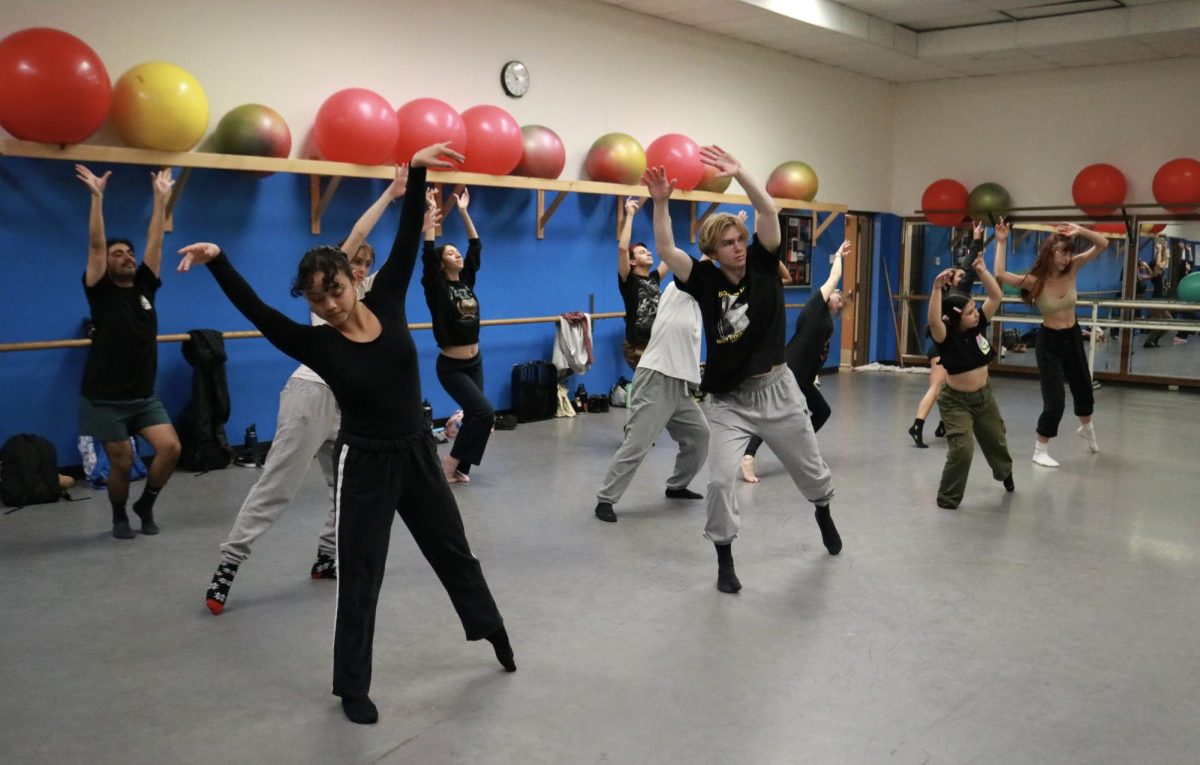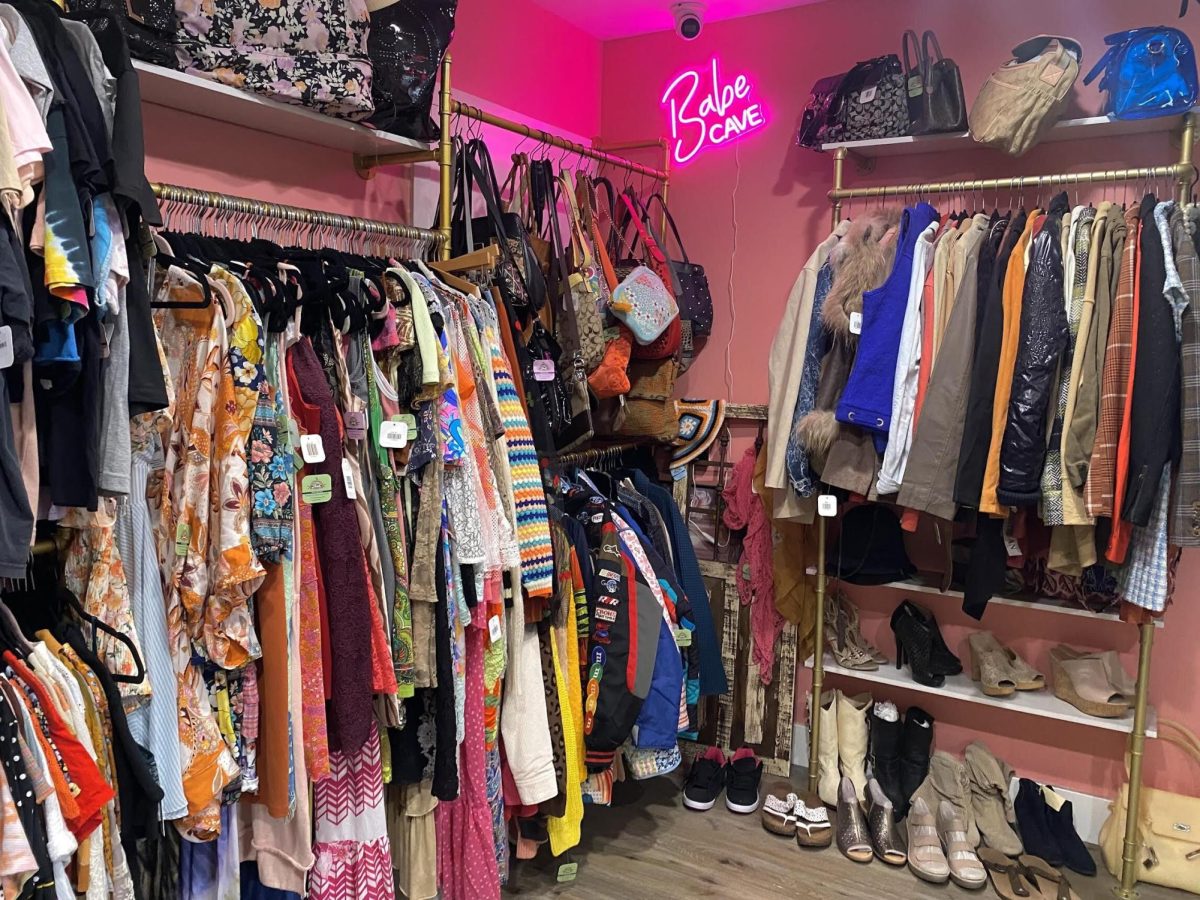It was 1961. President John F. Kennedy succeeded Dwight Eisenhower to become the 35th President of the United States, the country was at war in Vietnam and a group of EC English majors founded the literary journal, “Myriad.”
Now, 50 years later, the campus is celebrating the journal’s legacy and the creative expression it has brought to the community.
“Myriad is a snapshot of El Camino College,” Peter Marcoux, English professor and current adviser of the literary journal, said. “It reflects the student body, the diverse voices and the diverse experiences that our student body brings to the campus.
First titled “Impressions,” the “Myriad” was founded by The Literary Roundtable—an English club comprised of students and a faculty adviser—as an outlet for literary expression in a college community that was rapidly growing in the ‘60s and ‘70s.
“The range of literary talent at the community college level was enormous,” Sheila Finch, retired English professor and adviser of the “Myriad” from 1979 to 1997, said. “And there were so many talented students at El Camino College that we wanted to give their talents a showcase.”
The “Myriad,” which features student poetry, short stories and artwork including photography, is an annual student-run publication under the direction of the English department. Students enrolled in English 98 manage the entire process of the magazine; they evaluate and proofread numerous submissions as well as design and compose the literary journal’s layout.
“It’s a lot of fun,” Blair Tisius, 21, arts major and current editor of the “Myriad,” said. “Even though this is our fiftieth year, it’s really not well-known, which is sad because it’s a really good chance for students to get their work out there.”
While the “Myriad” is a representation of the creative arts and diversity on campus, it has gone through numerous changes throughout the decades.
“This is a historical document because it captures not only the student body, but the events of the time these students are living,” Marcoux said.
During the ‘60s and mid-’70s, the journal featured essays, short stories and poetry written by students, faculty and staff under the direction of The Literary Roundtable. Then in 1979, the English department took over publication of the “Myriad” and it became an entirely student-run publication.
“It’s a fun experience for editors,” Finch said.
During the journal’s early years, Finch added that the organization and layout of the pages were very labor intensive.
“We did it the old way,” she said. “We typed each submission on a typewriter, cut each one out, pasted it on the page and capped it off.”
The group followed these steps using a light table—an illuminated glass table equipped with different measurements—in order to build individual pages.
“We didn’t know any better back then,” Finch said. “We thought it was great.”
Things became a little easier for the group in 1984 when the first Macintosh computer was introduced.
“It seemed to help us save some time on the project,” Finch said. “But the computer was still so new to us.”
By this time, the publication of the “Myriad” became a course that was offered as part of the English program.
“We decided to give college credits as a result of students putting so much time into the (journal),” Finch said.
In the late ‘80s, the class developed the first color-printed cover of the “Myriad.”
“We always tried to do new stuff,” Finch said. “It was our goal to produce a good quality literary journal.”
And in the 2000s, the “Myriad” continued to progress. Recently, the journal collaborated with Art 143, a graphic design class, to create a new cover and page design layout.
“Technologically, in all the decades you see a tremendous leap forward as one can expect,” Tom Lew, dean of humanities said “The college has been very supportive of our creative writing journal over the years.”
Students are encouraged to submit their work for thepublication through the website, www.myriadecc.com between now and April 10. To view past journals, visit the Archive Room in the Schauerman Library.
While the “Myriad” has evolved throughout the decades, one thing remains constant; the representation of the creative arts and the diversity among the student body.
“The ‘Myriad’ has always been the pride and joy of the English department,” Lew said. “I really appreciate the efforts that all the advisers have put in over the years.”






